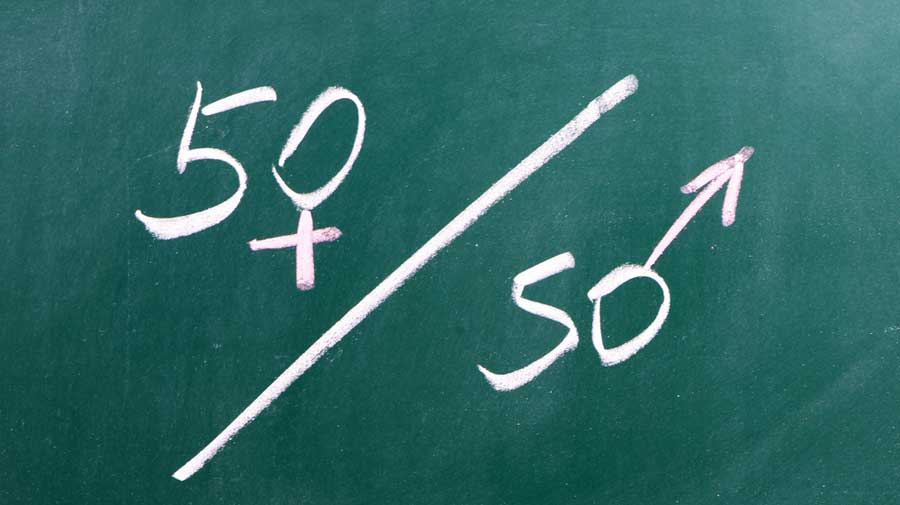Kerala is among eight states where the sex ratio at birth, a measure of prenatal sex determination, has worsened over the past five years, the latest National Family Health Survey findings released on Saturday have suggested.
The sex ratio at birth — the number of girls per 1,000 boys — has fallen in Kerala to 951 during the NFHS 2019-20 from 1,047 during NFHS 2015-16. The nationwide surveys are intended to help provide snapshot views and trends in multiple household parameters linked to health and wellbeing.
Health researchers say a fall in the sex ratio at birth points to possible selective abortion of female foetuses through prenatal sex disclosure outlawed in India but believed to be still practiced.
The first phase of NFHS 2019-20 covering 22 states has also recorded reduced ratios in Bihar (934 to 908), Goa (966 to 838), Himachal Pradesh (937 to 875), Maharashtra (924 to 913), Meghalaya (1,009 to 989), Nagaland (953 to 945) and Daman and Diu (983 to 817).
But the survey has recorded improvements in the total fertility rate with three of the 22 states in 2019-20 compared with eight states five years ago showing TFRs above what population scientists consider a “desirable” number of 2.1.
In Bengal, the TFR decreased from 1.8 to 1.6 and sex ratio slightly improved from 960 to 973.
“Only Bihar and Meghalaya are some distance from the desirable TFR of 2.1,” said Shri Kant Singh, a professor at the International Institute of Population Sciences, Mumbai, who coordinated the survey. In Bihar the TFR fell from 3.4 to 3.0, in Meghalaya 3.0 to 2.9 and Manipur 2.6 to 2.2.
Kerala has shown a slight increase in TFR from 1.8 in 2015-16 to 1.6 in 2019-20. But, Singh said, this change is “not worrisome” because the TFR is below 2.1.
“A TFR significantly lower than 2.1 is not desirable because it would mean there aren’t enough children being born within that subpopulation and we would see a steady increase in elderly
people,” Singh said.
But even with this near-uniform decline in TFR, “in some states, we’re seeing signs of prenatal sex determination”, Singh said.
Health researchers say the low sex ratios at birth underline the country’s failure to stop the selective abortions of female foetuses even despite a ban on prenatal sex disclosure enacted in 1994.
A report from Niti Aayog, the Centre’s apex think tank, had two years ago also found that sex ratios at birth had worsened in 17 of 21 states between 2012-14 and 2012-15.
A study by researchers in Austria, France and Saudi Arabia had earlier this year predicted that India could lose on average more than 1,200 female foetuses daily over the next decade through prenatal sex disclosure practices.











